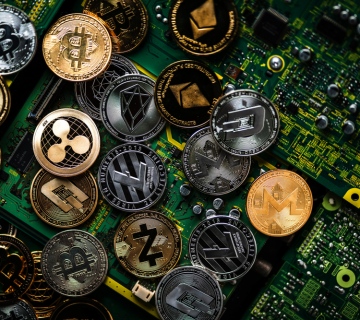One of the most significant steps was taken by the Indian government to eradicate black money from the country, late last year, thus banning all the Rs 500 and Rs 1000 notes as its currency. This meant that over 86% of total currency was being removed, without the adequate supply of the new currency.Demonetization, although poorly implemented, helped in digitizing the nation, which was also one of the key roles of the policy.
Mobile Price List in India showed an increase in Android and iOS device sales, as more and more people were forced to opt for the online means of money transactions, using mobile applications for e-wallets like Paytm, Mobikwik, etc. This decision transformed the country’s economy from being cash centric to using electric means of transactions.
Demonetization’s Role in Digitalizing India
It pushed the massive Indian population to accept and adapt the new transformations of technology. The policy was kept secret, whose details were not even shared with the banks. According to Prime Minister Modi’s plan, it was estimated that the supply of new currency will match the desired demand within 50 days. But later it was declared that Indian Government might take four months, to restore the healthy flow of new currency supply. Mobile Price List in India offers devices from diverse ranges and this helped in its accessibility to the whole population. Everyone in the country was able to obtain the benefits of these services through their phones.
According to several surveys on Mobile Price List in India, it was reported that with its sales, the number of Mobile banking users has also increased. More and More applicants were applying for online banking and card services.
Demonetization Boosted Digital Growth?
Up until last year, India was a cash centric economy, where house makers were known for saving thousands of rupees in their closets rather than investing that amount in a secure back. Business men also hide their accounts from the government’s eye, by storing additional cash at their homes. Indian still used cash on delivery option, while shopping online. India is the only country, where Uber offered Cash payment options. Even vendors didn’t have any electronic payment or card machines. Cash was used for 95% of the upward transactions. Demonetization forced these saving to come to the bank, and also pushed users to opt for an electronic means of payment, which is reflected by the increased sale and usage of Mobile Price List in India.
Economic digitalization was growing at a steady pace in the country; Demonetization just pushed the swing and now it is growing at pretty decent speed. Youngsters have already adapted the modern day payment methods and older generations are also trying to evolve with the time. Ecommerce has also flourished because of this as seen in Mobile Price List in India surveys, which reflect and increased sales through online sites using online payment methods. However, the uneducated section of the society had to suffer this time. Cashless economy is the future of the country, which we should be ready to adapt.
The Android devices served as a blessing during this time, when there was no resort than to install the electronic wallets and applications, and adapt into a digitalized world. Mobile Price List in India became the backbone of the government’s decision, which was obviously planned, looking at theirpresence in every household.
Conclusion
The whole change reflects an insightful vision towards a more inclusive and involved society. PM Modi has increased the speed of digitalization in India. It has also helped in bringing all the cash in the banks right in front of government’s eye. Mobile Price List in India really helped in delivering these applications’ accessibility to all sections of the society.
We still have a significant amount of people in the country, who still don’t have a bank account. And the government is trying to change this situation, by literally pushing the people to go to the banks. Thousands of such citizens were forced to create an account as it was mandatory for old currency to be deposited in to order avail an exchange of the old notes.



